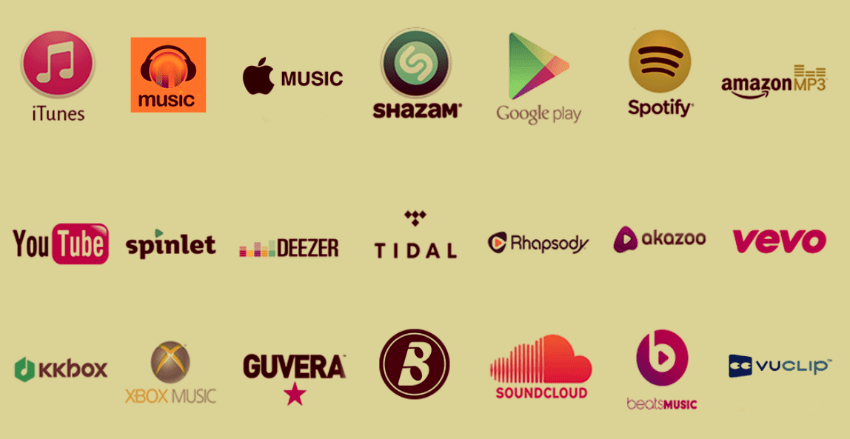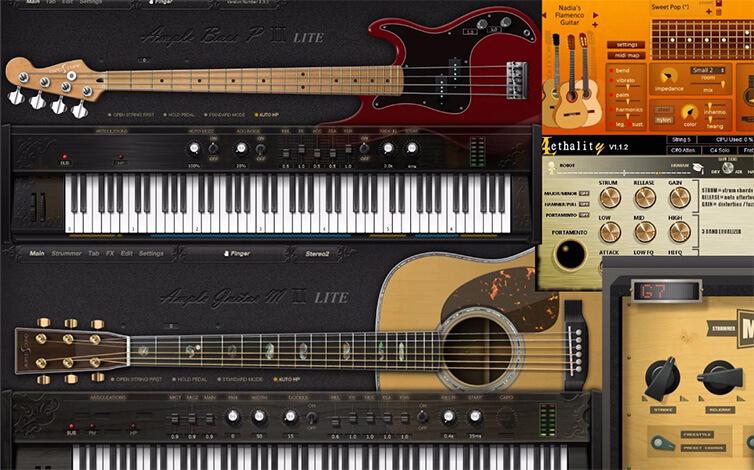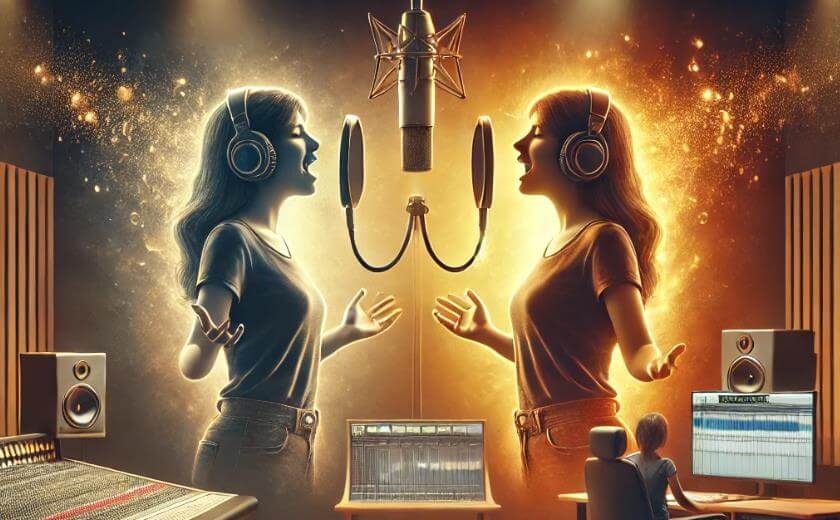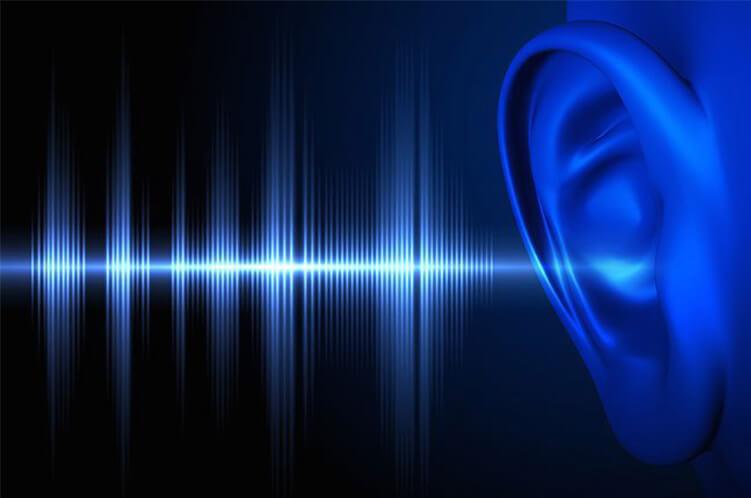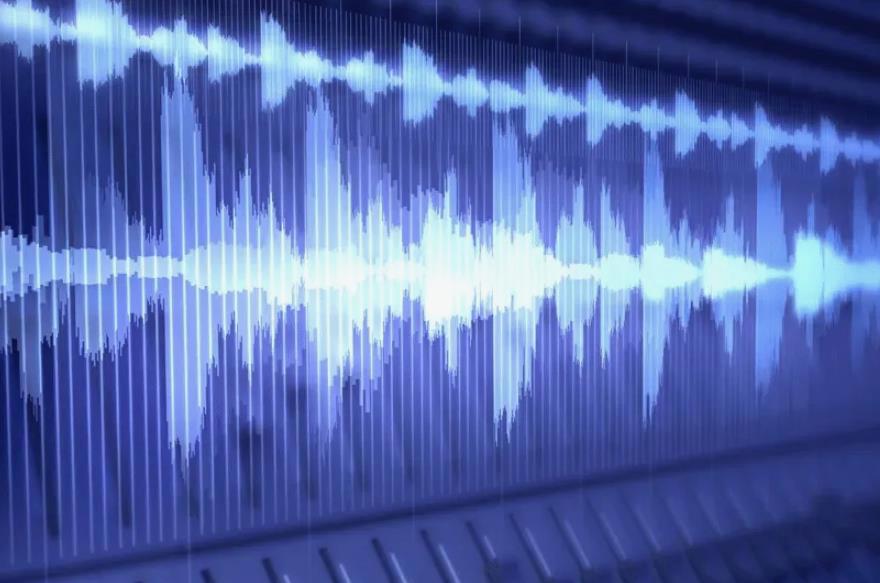How to learn to play pianо
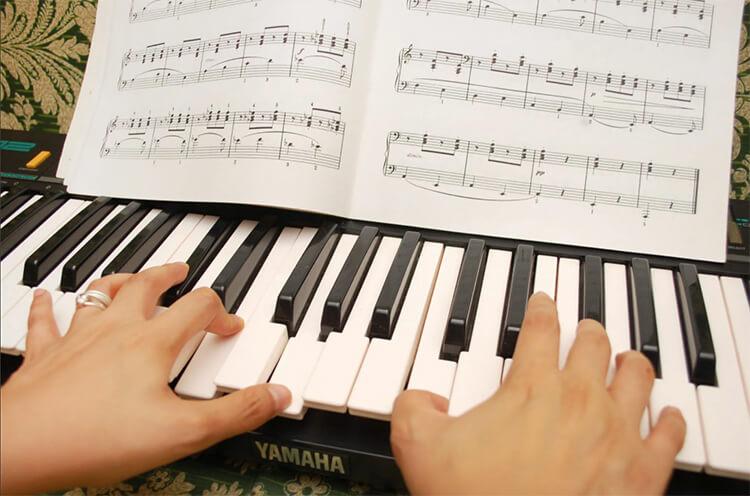
Before learning to play the piano, remember a few simple rules – don’t rush around trying to memorise and learn everything at once – it will only be harmful. It is better to gradually learn the material and revise it often. You’ll know for sure when you’re ready to play. While choosing a keyboard instrument to learn, note that portable synthesizers are often limited to 3-4 octaves and many models have smaller keys. For those who have learned to play the piano an electronic keyboard instrument seems more simplified to play.
How to start learning for an adult
Many people believe that you should only take piano lessons when you are a child. Having the dream of playing the piano themselves adults often start teaching their child, even though they do not necessarily want to study music. Although children are good learners and their neurons work better, adults also have many advantages over children, for example:
- are characterised by assiduity and patience;
- catch the material quickly and respond to the teacher’s comments;
- know exactly why they want to study and have an incentive to do it;
- learn the theory better and can learn to play more quickly.
Learning as an adult is more effective than as a child. There are no limits here, you can learn to play a musical instrument at any age, for example, Aram Khachaturian, the famous composer, started studying music at the age of 19! So anyone can learn to play the piano by themselves but if you study with a teacher, the lessons will be more productive. In addition to books and self-study for beginners, online video lessons are a great help in learning the material.
Piano seating
Before you start learning keyboard lessons, you should learn how to sit properly at the piano. You will not be able to practice fluently and freely if your arms and torso are cramped and your sitting position at the piano is wrong. Your back should be straight, your hands free on the keyboard, your shoulders straight, and your feet on the floor.
For a comfortable and correct seating position, the following points should be followed:
- Attitude. It is important to take care of your attitude while playing the piano. Keep your back straight and do not push your chest forward. Your elbows should be slightly apart so that there is space between your torso and your hands and your wrists are relaxed. Musicians often have elevated shoulders, so it’s important to control them so that they don’t interfere with the correct functioning of the body;
- Distance between your body and the piano keyboard. You should practice sitting in front of the keyboard, so that the first octave and the C note are about 30 cm away from your belly button. Your arm is bent so that it forms an angle of about 90 degrees between your elbow and forearm;
- The position on the chair. Despite different physiological data, you should stick to the rules about how your limbs should be positioned. Your elbows should be slightly above or flush with the piano’s keypad, not pressed against you. Your hips should be at right angles to the body. The feet are parallel to the floor, although small deviations are possible. Special footrests can be used for a child and some books can be placed on the seat to play comfortably;
- Seating area. Do not sit on the entire chair, as the centre of gravity is not correctly distributed. It is better to sit on half or even 1/3 of the chair’s surface;
- Leg position. The knees are in alignment with the hips, so that the angle at the knee bend is 90 degrees, with the feet resting fully on the foot. Although this is considered the correct piano position, it is not comfortable for everyone, so knees may be slightly below the hip line.
With the right seating you can achieve a good sound, speed and flawless fingering. Practice and play so that you feel comfortable and your muscles are relaxed. If you feel your wrists begin to tense, you may be sitting high or low in your chair. If your neck is sore, change the position of your back and shoulders.
Period before notes
The period before notes is important in fostering emotional responsiveness and artistic thinking. Many people can learn to play an instrument even without deep knowledge of the subject. A child learns to speak from childhood and only then to read and write. It’s the same in music – first you have to learn how to make sounds, learn how to join them in triads, and only then build musical sentences. Some musicians are not proficient in music notation but they can find melodies by ear and play music well.
This period is called period before notes, when we learn literacy and learn to play without knowing musical notes. There is no need to rush to learn musical notation. The most important thing is to follow the rules of correct seating at the piano and to learn the instrument. It is a responsible and challenging stage in the teacher’s work because it is the foundation on which the further development of the pupil is built. As well as coordination and the sense of rhythm, the pupil also learns how to form the instrument and develop their emotions. During this period you learn the simplest fingering techniques and develop basic playing skills.
Familiarity with notes and octaves
Before you start practising, you should learn the music. Knowledge of the theory is a necessity, as memorising the keys alone will not bring you results. The notes on the piano are a graphic representation of the keys. Beginners should first learn their names, symbols and their position on the sheet music.
Start by playing each note in the scale frequently, naming it, and after a while you will be able to quickly identify the location of any note. It is also good to practise playing the keys in different octaves, they are not difficult to learn as they have a distinct difference in pitch. After learning the keys on the piano, you should move on to intervals. These are the spaces between 2 sounds of different pitch. After learning the notes and their relationship to each other, you can move on to the keys: bass, violin or alto. The next step is to learn tonalities, measures.
Accidentals
To learn how to build a harmony from any pitch, you need to raise or lower some sounds. In an altered scale the change in pitch with the gravitational pull of unstable pitches into stable pitches is called an accidental.
The effect of accidental on note position:
- sharp note – denoted by a #, increases the chromatic sound by a small second or ½ tone;
- double-sharp (ӿ) – for a big second or a whole tone;
- flat note (ƅ) – lowers by a small second or ½ tone;
- double-flat (ƅƅ) – lowers by a large second or a whole tone;
- becarre (♮) – cancels the effect of the up and down signs.
A beginner musician should learn the meaning of these marks in writing and which keys need to be engaged to play the halftones. Accidental marks can be more than just notes taken on black keys, e.g. Cƅ equals B, and B# is the same as C. Fƅ equals E, and E# = F. The smallest unit in the interval dimension is a semitone, e.g. E-F, B-C, otherwise there is always a black key and an adjacent white key involved, e.g. A-Bƅ when raised by ½ tone or G-F# when lowered.
Signs at the key extend to all notes, even in different octaves. For example, ‘G#’ will raise all ‘G’s’, throughout the piece in all octaves. Counter signs have an effect on a note only within a single measure, octave, and on their line. For example, the cancellation mark ‘beccare’ can even override the action of a key mark. It only applies to the current measure.
Musical scale
By learning scales the pianist develops manual dexterity and finger speed, increases their skill and can easily play and improvise in any key. Teachers explain in class which scale intervals make up a scale. As a beginner musician it is important to learn its structure and composition in order to transport it to other tones. A scale is based on a sequence of notes and in music theory it is a series of sounds of different lengths. They are arranged in a certain order, you can move up or down on the keyboard.
Scales are of two kinds: major and minor and of two subtypes: natural and harmonic. Usually students are told about the distinction between a cheerful and a sad melody, but this is only partially true. You can play moody songs in a major key and vice versa. Scales are made up of 8 notes, not counting the sharp notes and flat notes. The 1st and 8th notes have different pitches but the same name and represent a pure octave.
The distance between neighbouring notes is a semitone or a tone that consists of two semitones. Any major chord can be played using the formula: 2 tone-half tone-3 tone-half tone. The C major scale is the easiest to learn, as it is played on all white keys. As a beginner, you will have to learn 3 scales: C-major (C-dur) without a rising or falling key, G-major (G-dur) and F-major (F-dur) with one key sign.
Getting to know the keyboard
The entire keyboard is divided into octaves with their own name. The distance from one note to another with the same name but different pitches is called an octave. The keyboard consists of white and black keys. The grouping of black keys goes in 2 and 3 keys, and guides the pianist in the right direction. For example, to find ‘C’, find the grouping of 2 black keys, immediately on the left is C and on the right is E, followed by F and G. In this way, you can quickly learn to find the right notes and practice by touch with each hand in turn.
Also in learning to play the piano you must learn triads – chords made up of 3 sounds. You must first learn the basic chords, where the keys are arranged one by one. To do this, learn to play using the little finger, middle finger and thumb when moving down and vice versa.
Highly effective exercises
To learn to play the piano, you need to perfect your technique, ensure correct fingering and develop fluency. This is done by using scales and broken chord. To play this technical exercise, take turns pressing the keys of a chord with your left and right hand.
The best exercises to do before the class are:
- relax and put your hands down;
- synchronously recreate the windmill strokes;
- rotate your hand, contracting and relaxing the muscles in your fist;
- rotate as if you were screwing in a light bulb.
After mastering musical notation, it is useful to develop your finger motor skills and play scales, broken chords and etudes. Technical exercises help your fingers to run quickly and accurately along the keys without any slip-ups.
Simple playing examples
Beginning musicians begin by playing simple chords, alternating between moll and dur triads. You can also alternate between a minor major and minor D7 (seventh chord).
Build up the triads in easy tones:
- C major: C-E-G;
- F major: F-A-C;
- G major: G-B-D.
The left hand should play the bass part – the basic tonic from which the chord is built but carried one octave lower. Having learned the right and left hand parts, you can play some simple songs.
With these three chords, you can learn to play: ‘Herringbone’, ‘Goose’. If you add the triads of А-С-E, D-F-A and E-G-B, you can play on the piano the well-known ‘Gypsy’ or ‘One Million Scarlet Roses’ by Pugacheva.
Accompaniment
Almost all complex piano pieces are played with musical accompaniment, where the bass part accompanies the main melody. To get the accompaniment right, you choose a harmonic scale so that the main melody matches the accompaniment. The beginner learns how to perform simple techniques getting into the rhythm.
The character of the piece depends on the musical accompaniment. Every song can be played differently. Even if the motif does not change, you can see how the character of the piece changes. These changes are caused by the accompaniment, which consists of texture and rhythm.
Common beginner’s mistakes
For those who have decided to learn musical literacy and play the piano, we can give advice:
- Play the instrument regularly. Many people get excited about playing music but then the interest wanes. They may not practice for a few days and then try to catch up in 1 day. It is best to play for 15-30 minutes but every day;
- Try not to skip lessons. If you want to learn to play the piano on your own, it can be difficult to make yourself learn the intended subject. When you take lessons with a teacher, learning to play the keyboard becomes more serious;
- Take your time. You must learn to be patient and consistent, no one learns a subject instantly. To play a big, beautiful piece, be patient and practice the piano a little at a time, reinforcing what you have learned each day;
- Do not play the scales quickly. Do it rhythmically, starting at a moderate tempo and building up to automaticity;
- Choose high-quality study material. Get affordable self-study books and textbooks, sign up for a tutor, study video lessons by well-known teachers.
Motivation
To learn to play, you must be willing to learn the subject patiently. Lessons on the keyboard must be exciting, so that you will have a desire to learn. The more mature the student is, the easier it is to find reasons to want to learn, and piano lessons will be a joy to play.
Tips for motivation:
- State a specific goal for yourself. You can’t start learning without having the ambition to do so. You need to be clear about what you want to achieve from the piano: to read from the sheet music, to pick up tunes by ear, to learn to play a few pieces you like. Discourage impossible tasks and learn pieces that you can master in a short time. By moving gradually and systematically towards your goal, you will avoid burnout;
- Play along with the phonogram. This activity is good for developing your inner ear and a lot of positive emotions;
- Watch instructional videos. Watch clips of a musician playing your favourite music and where you can see the hands and keys;
- Public performances. Concerts in front of an audience cause an adrenaline rush. If this point does not suit you and causes fear, perform in front of family or friends.
Conclusion
Anyone can learn to play the piano, as long as they take it seriously and practice for just 20 minutes every day. There are no age restrictions and lessons will be as productive as possible if you practice with a teacher and use textbooks and online lessons at the same time.
To learn to play the keyboard, you need to know the keys, tones, measures and learn all the sheet music. Then develop your finger motor skills and play scales, broken chords and etudes. By learning to play a scale in different tones, you will be free and easy to make music online or improvise with other pianists. We wish you the best of luck in learning to play musical instruments!





